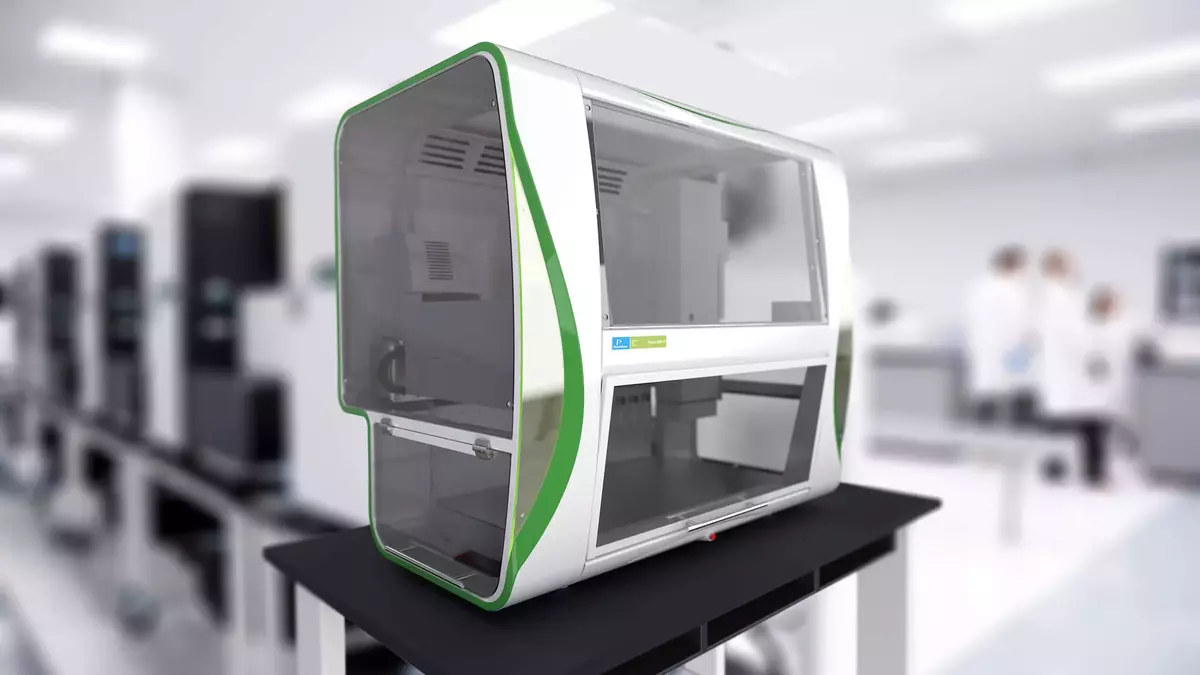Let's Work Together
Our team of experienced designers and engineers can help bring your vision to life.
By Charlie Sears – VP of Operations & Project Management
There are many publications that discuss product development. However, an area that I find challenging within medical device companies is effectively transferring a product from concept development (R&D) to production (sustaining engineering).
Product teams don’t fully understand what’s necessary for design transfer. During the product development process, due to the developmental nature of R&D, decisions are made quickly without much thought toward what’s necessary for design transfer.
Product teams don’t have enough time or resources to create the documents while the work is being done. Product team members tend to be subject matter experts and will do/know what’s necessary to make the product work.
Typically, it’s the pressure of time and a lack of knowledge that will force the team to backtrack their work to provide objective evidence that the product conforms to requirements. If the documentation doesn’t conform to the requirements of the company’s quality management system (QMS), it’s effectively useless.
If we add time back to the product teams by improving their knowledge and understanding of the requirements for design transfer, we will improve the design transfer process.
Related Reading: Design Outputs: Truly Control Your Design
Establishing a procedure to ensure the medical device design is translated into production specifications is a requirement of 21 CFR 820.30 (h) – Design Transfer. While a single procedure may be too high-level to properly document the data necessary to complete the transfer, the information should be captured in the product development plan. The plan should document all necessary records to ensure the documentation is complete and well supported by the required verification and validation records.
While it may be difficult to have a single checklist that covers all transfers within an organization, it still must be understood what is required to be reviewed. You should never have someone withholding approval due to missing information if it wasn’t a documented requirement.
Part of the reason why things aren’t done when they should be is due to the amount of time and effort to get them completed. Typically, it’s not the authoring of documents that takes a lot of time, but the review and approval process that leads to delays.
Keep the review and approval process to a minimum level necessary for the stage of product development.

This is the most important thing that you can do. Experience has taught us that it is much easier to document as you go rather than look back and document what was done. At a minimum, work with the teams to properly identify procedural changes via redlines or a deviation process.
Do not forget about documenting inspection aids, fixtures, and custom tools. These tend to be developed as necessary and evolve over time; however, if you can document as you develop, you’ll have much less frustration at design transfer.
R&D teams will purchase anything from anyone; therefore, a fast, flexible purchasing procedure that will allow the product team to quickly procure components while remaining compliant with the quality management system is a must.
Categorize components based upon a risk-based assessment into purchasing categories. Then connect the categories to vendor selection criteria and component inspection requirements.
Learn more: Industrial Design Firm: When to Bring in a Design Partner
Products (non R&D) that will be used to produce records, which will be used for submission or other regulated activity, carry a greater burden to ensure compliance to specifications than products purchased for R&D. This does not mean that the process needs to be difficult and the specifications complex.
Prior to purchasing, (using the risk-based approaches mentioned earlier) the product team must ensure that the requirements of the component are clearly documented and understood. The greater the risk, the greater the requirements.
This also includes the vendor. A vendor that’s acceptable for R&D purchasing may not be acceptable for later purchasing.
Learn More About Medical Device Regulations

Whether you need leadership and support from start to finish or for just a small segment of the process, Goddard can help.
By partnering with a trusted product development company, medical device developers can accelerate time to market, reduce waste, and meet FDA regulations to create safe and effective products.
From concept to production, our highly-skilled engineers and designers deliver a competitive difference with our on-site partnership model, quality commitment, collaborative expertise, and unique employee development programs.
Tell us about your project and let’s begin a conversation about creating products with technical precision and elegant design.
Our team of experienced designers and engineers can help bring your vision to life.